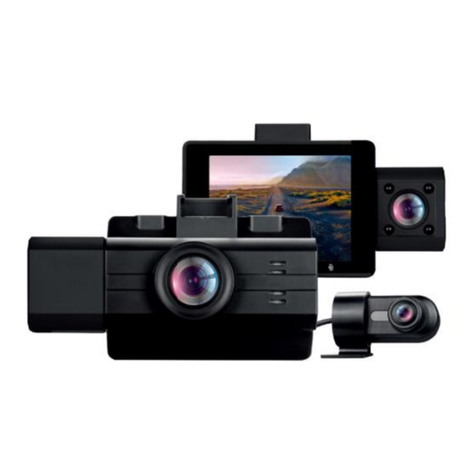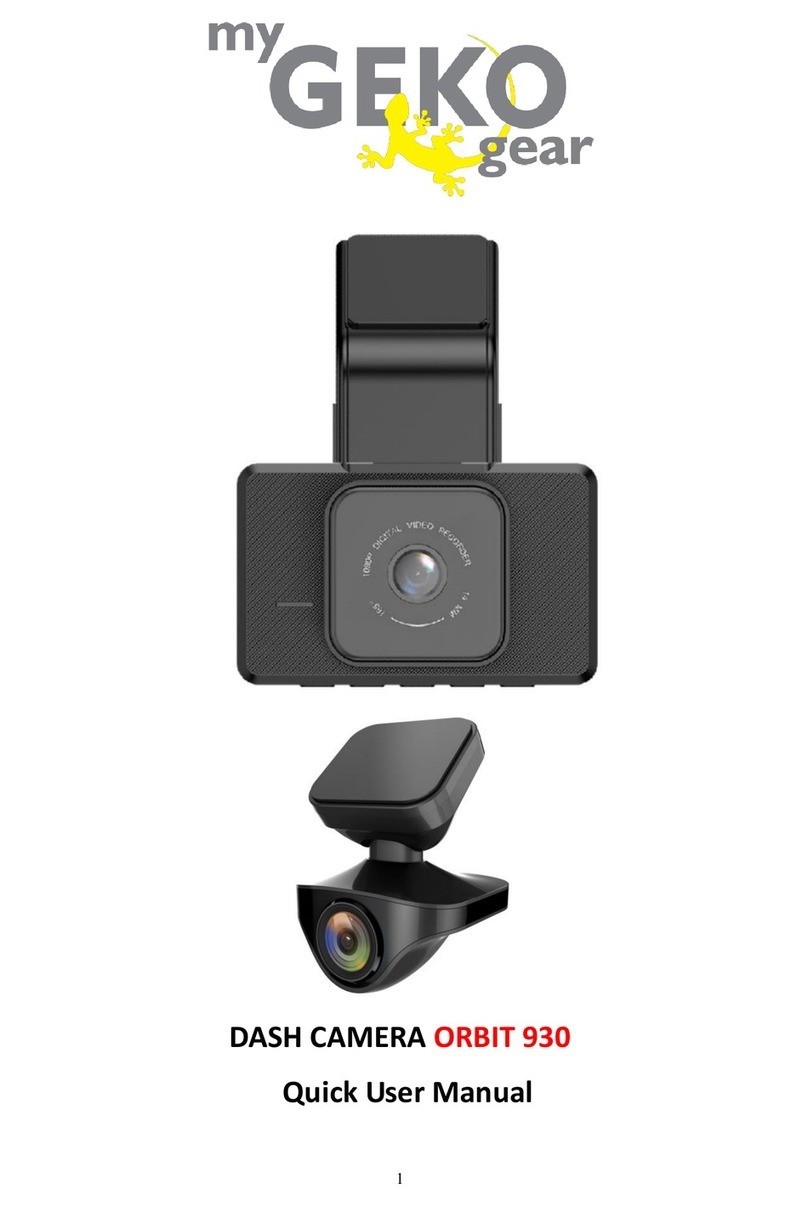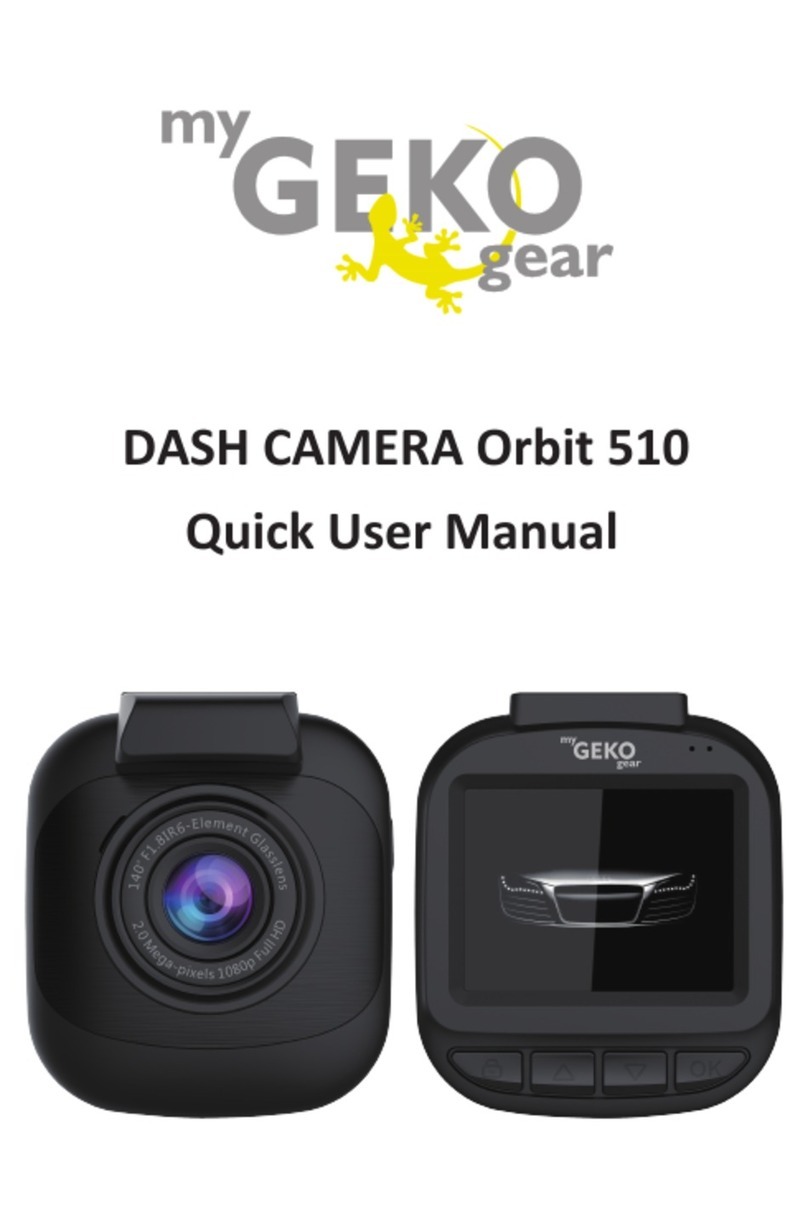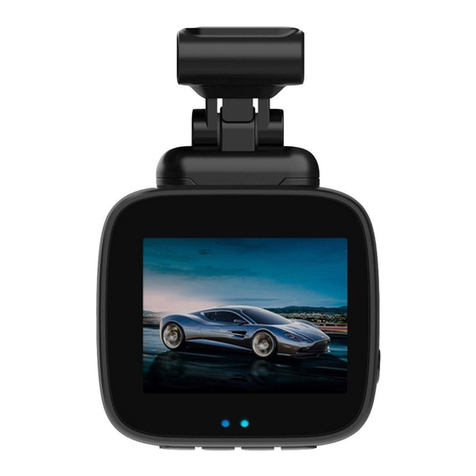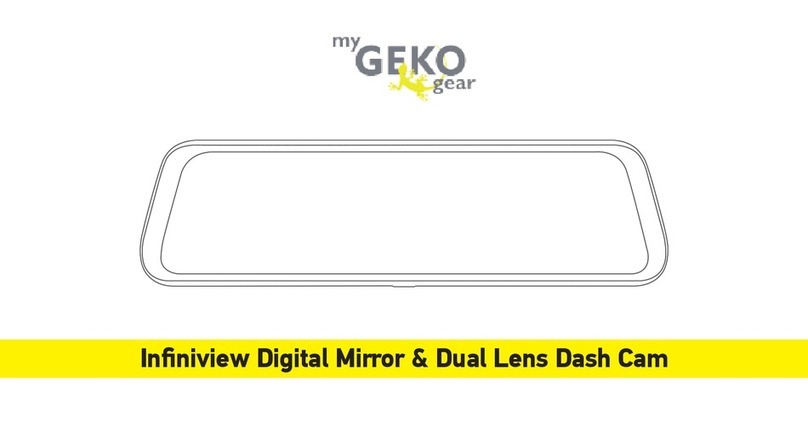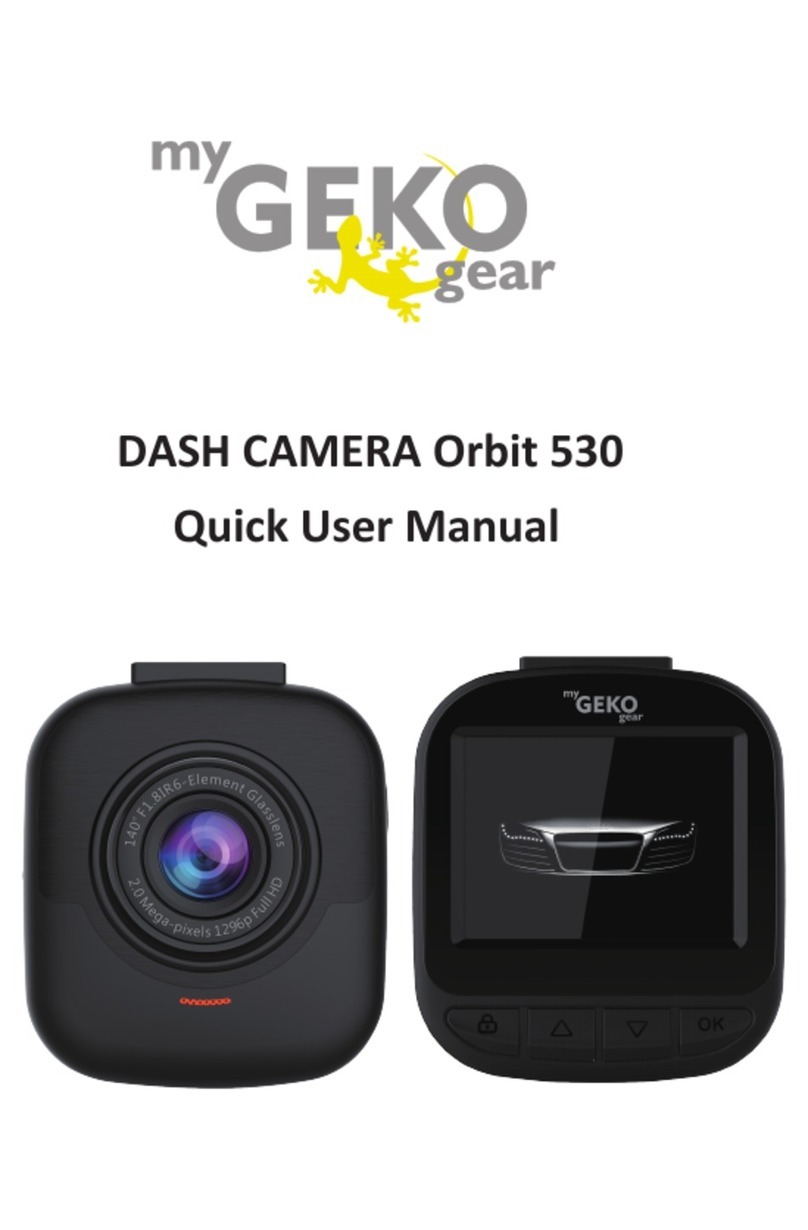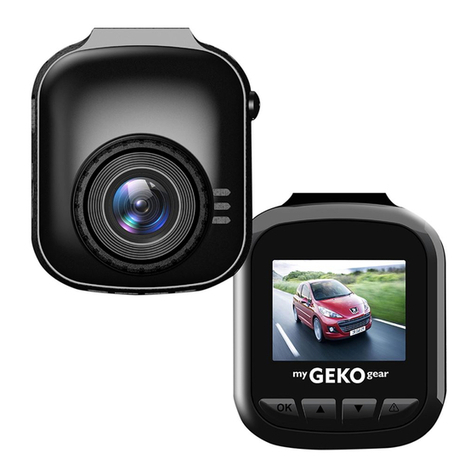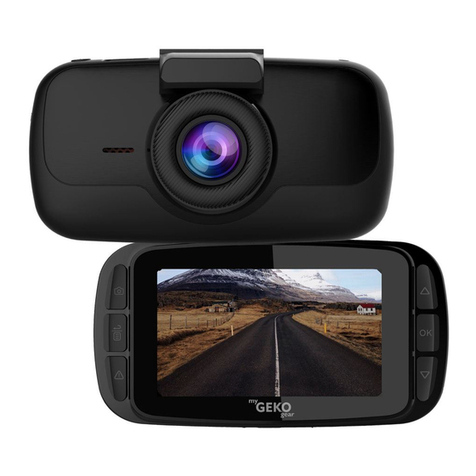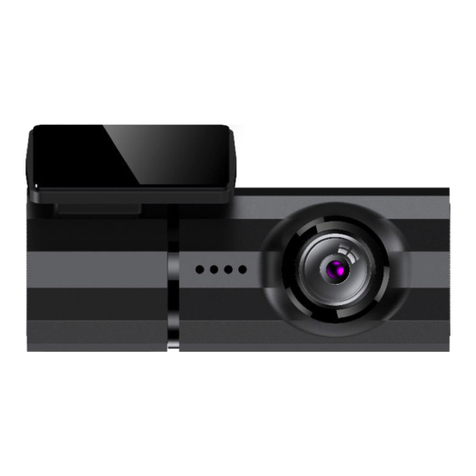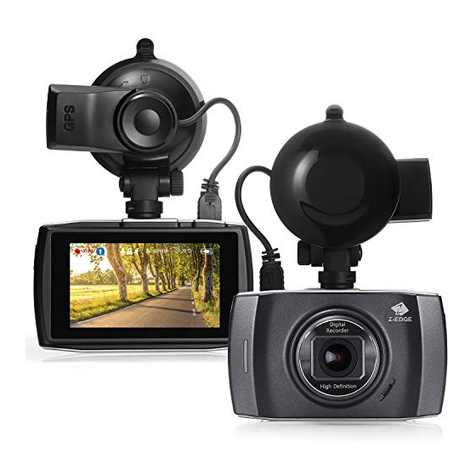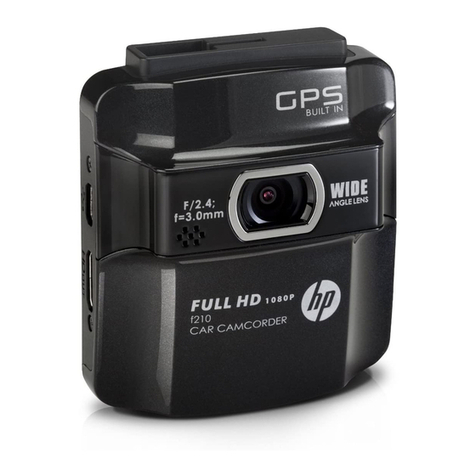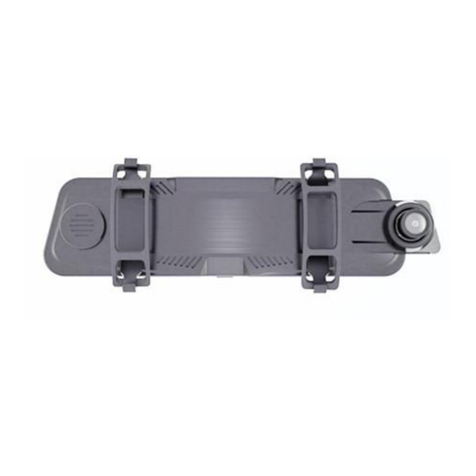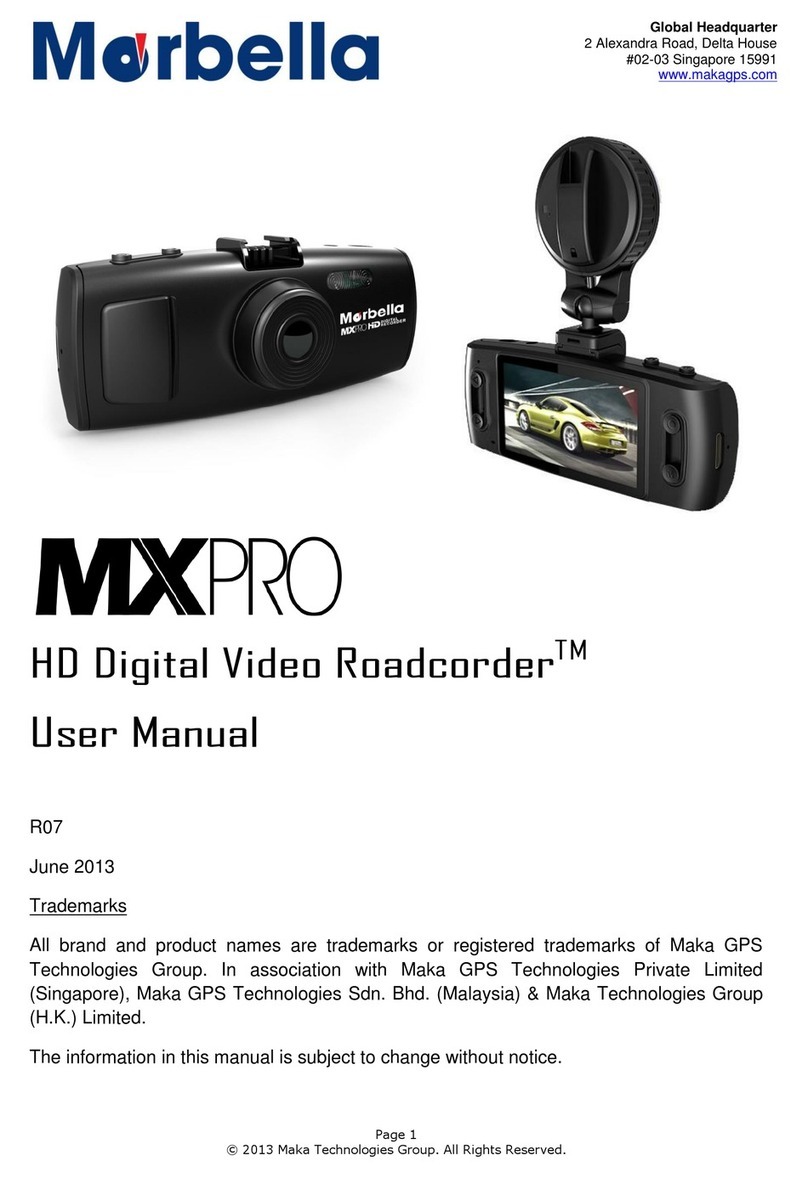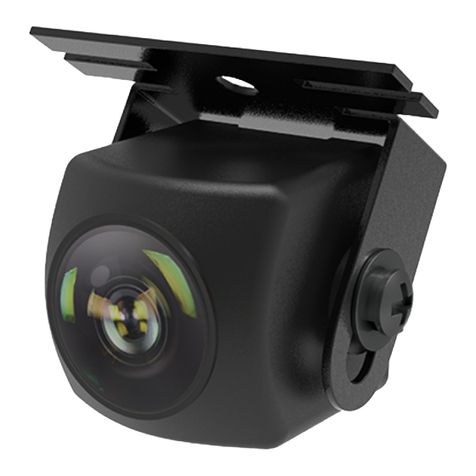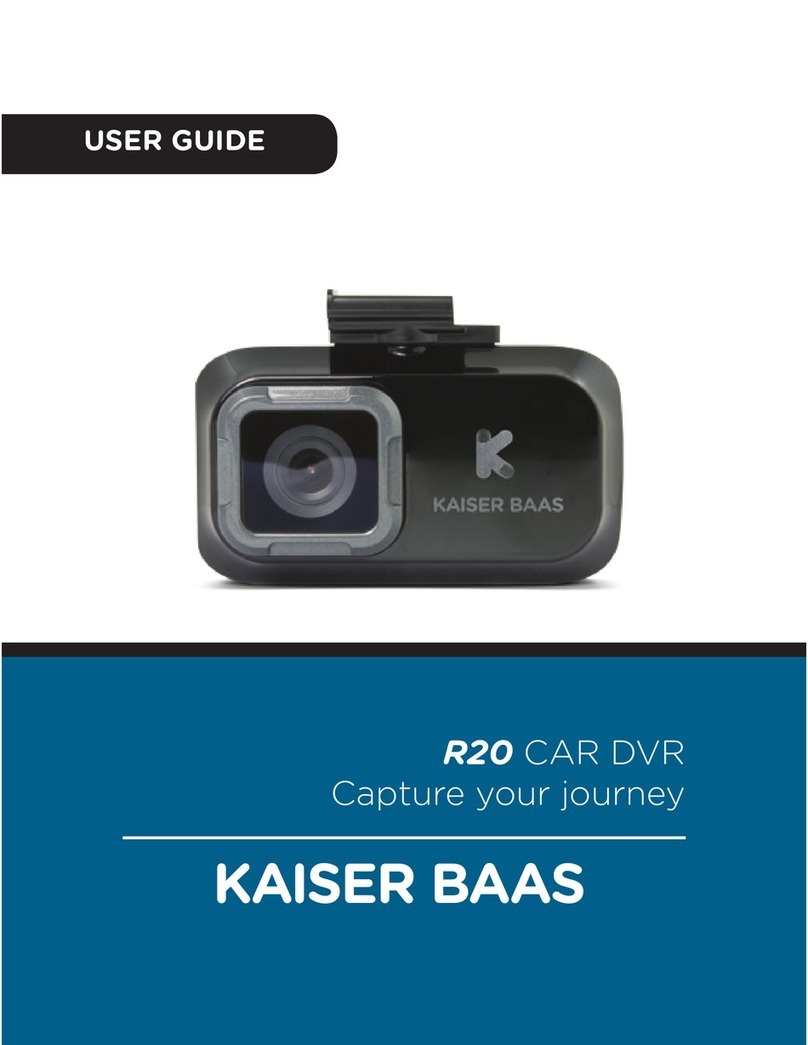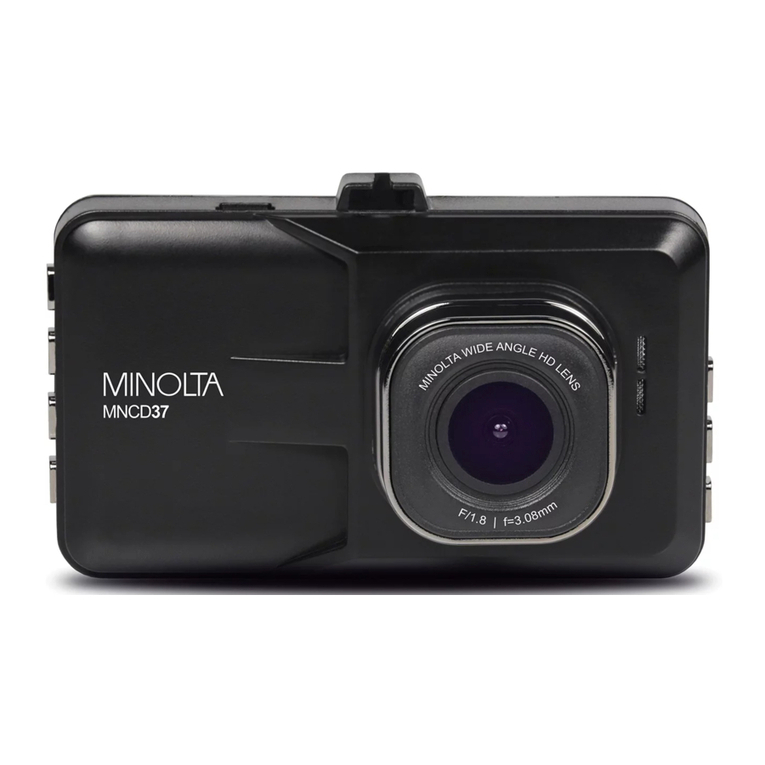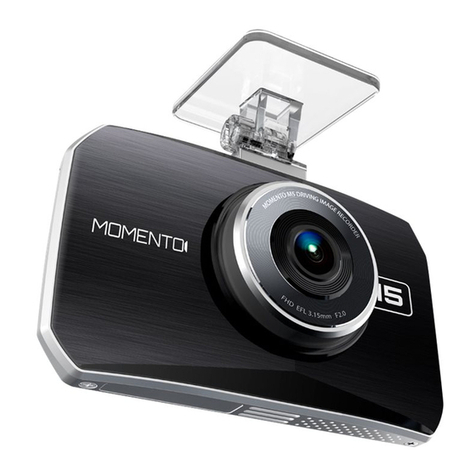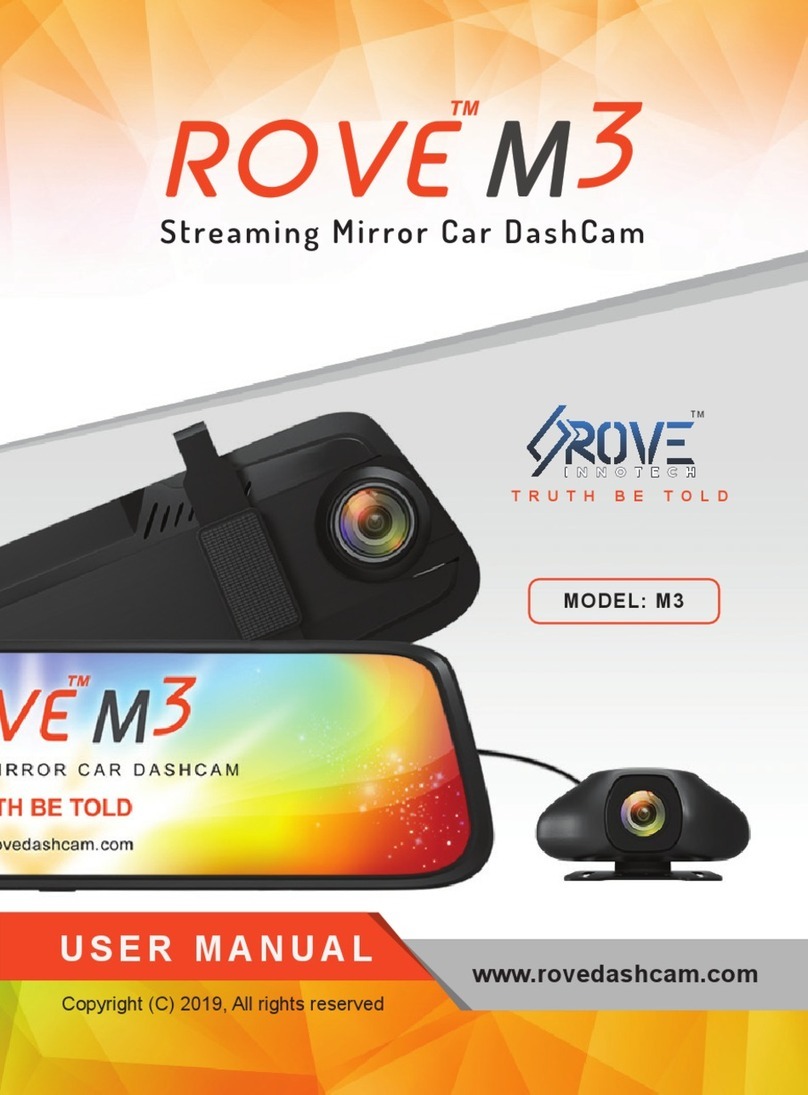Disclaimer
1. Please follow the set-up and usage instructions in the print material that came with
this Dashboard Camera (dash cam) product.
2. You should not set/install this dash cam at a place that would obstruct or reduce a driver’s
view;make sure your usage complies withpertinent vehicle codes of your state, province,
territory or country.
3. You should post the required notices of recordation to occupants inside the vehicle, if
voices or other information/signal pertaining to in-vehicle activities will be recorded.
4. You should not change the dash cam’s setting or mode of operation or when the vehicle is
in motion.
5. The optional driving warning signals, including any visual or audible reminding signals,
should not replace your decision-making and judgment that are needed for the proper
operation of the vehicle.
6. You should not leave the dash cam in a visible spot when no one is inside the vehicle, to
avoid attracting break-ins to steal the unit, or other property.
7. You should avoid extended exposure of the dash cam to direct sunlight or extreme
temperatures (either high or low temperature) which tend to degrade or damage the unit
and its normal functionality.
8. You should examine, check and/or verify the dash cam at least every six (6) months,
including the associated memory cards, to ensure the video reception and recording are
working properly. For each use, you should verify that the dash cam unit, the visible lights
and the audible sounds are working normally. If there are signs of non-operation or
mal-function, you should immediately seek to replace the product and check to see if
the product is covered under any applicable warranty.
9. The dash cam unit may have additional functionality, such as transmission and recordation
of audible or GPS signal or other identification information. If you have privacy concerns
about these functions, make sure you follow the instruction to disable these functions.
10. You should use the dash cam unit in the way it is intended. You should not use the dash
cam unit in a way that would be illegal or that tends to physically damage the unit, or
tends to cause danger to the safe operation of the vehicle or the occupants.
